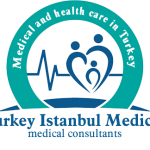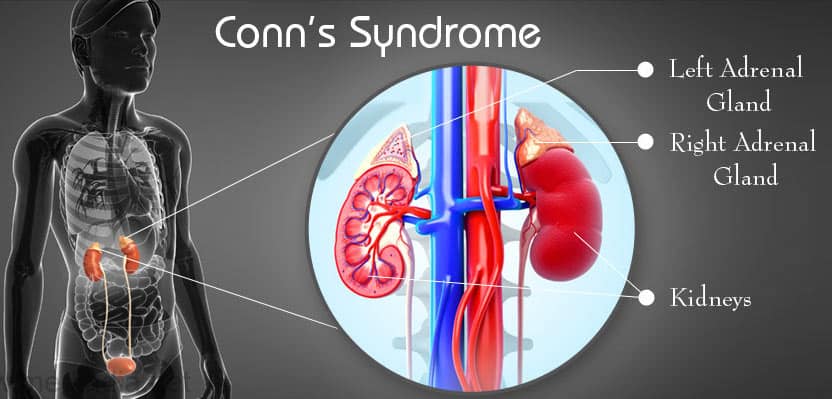Conn Syndrome
Conn Syndrome: It is the most common cause of secondary high blood pressure. It is a condition characterized by intense aldosterone secretion from the adrenal glands.
The adrenal glands are small triangular-shaped organs located at the top of the kidneys. The adrenal glands are components of the hormonal system that affect the system of many organs and produce and secrete hormones that regulate them.
Aldosterone is formed in the cortex, the outer layer of the adrenal glands. It is a hormone that plays an important role in maintaining blood volume, blood pressure and electrolyte balance..
Its production is normally regulated by the enzyme renin produced by the kidneys. Renin levels increase due to low blood pressure, decrease in blood flow to the kidneys or sodium deficiency, and accordingly, there is an increase in aldosterone levels; When renin levels decrease, aldosterone decreases.
Symptoms
- In Conn’s syndrome, also called primary aldosteronism, intense amounts of aldosterone are produced due to one or more benign adrenal gland tumors, hyperplasia, unknown causes, or rarely due to adrenal gland cancer.
- Whatever the cause, high aldosterone can lead to a decrease in blood potassium, an increase in blood pH and, rarely, an increase in blood sodium.
- This may cause few or nonspecific symptoms.
- Signs of illness such as frequent urination, increased thirst, fatigue, weakness, transient paralysis, palpitations, muscle cramps and tingling may occur in those with significant hypokalemia or hypertension.
Diagnosing Conn Syndrome
For Conn syndrome, which is one of the few treatable causes of hypertension, it is important to diagnose it.
Although primary aldosteronism can occur in any person, it most commonly occurs in adults between the ages of 30 and 50, and this condition is more common in women than men.
It is reported by experts that primary hyperaldosteronism research should be performed in people with high blood pressure and low blood potassium levels.
Continue
Conn’s syndrome is suspected in patients who are resistant to standard blood pressure lowering therapies. Secondary aldosteronism needs to be differentiated from primary primary aldosteronism.
This condition is not considered to be Conn’s syndrome, and any abnormality that raises renin levels may be the result of, for example, reduced blood flow to the kidneys, low blood pressure, or a decrease in urinary sodium.
The most important reason here is the narrowing of the vessels that carry blood to the kidneys, known as renal artery stenosis. Other causes of secondary hyperaldosteronism include cirrhosis, congestive heart failure, kidney disease and pregnancy toxemia.

